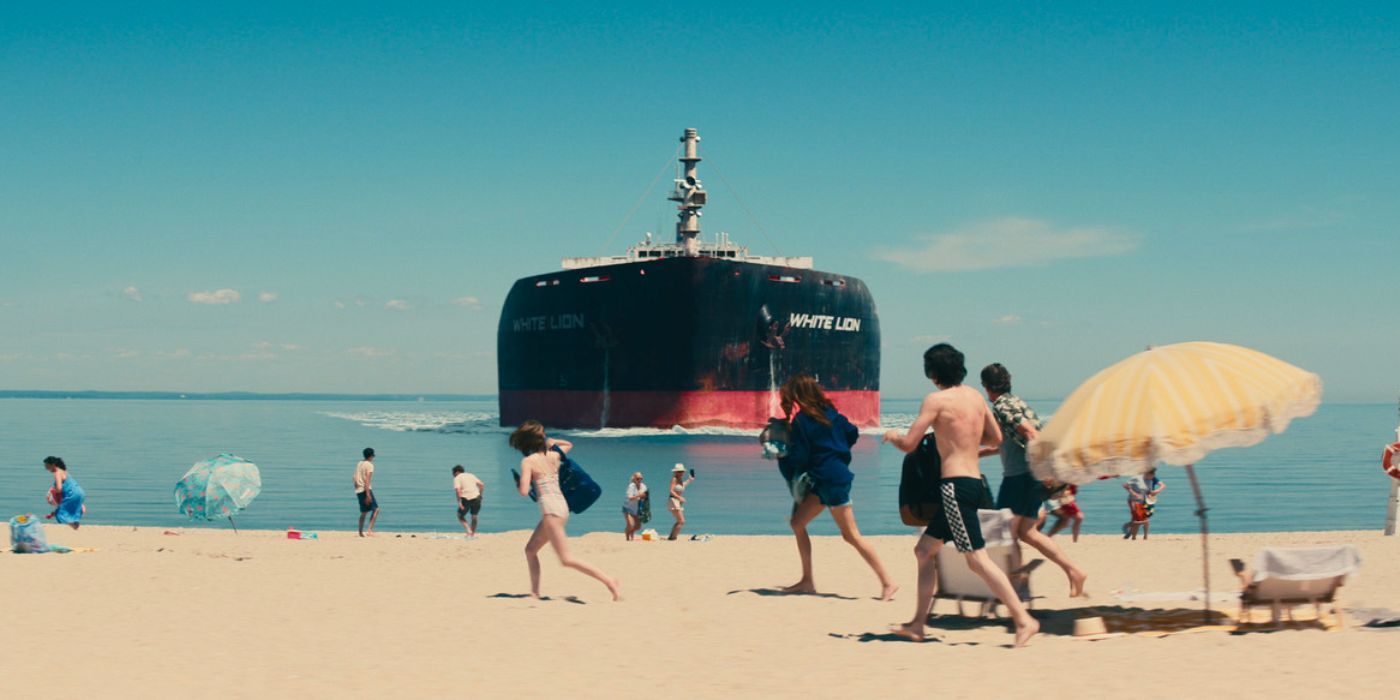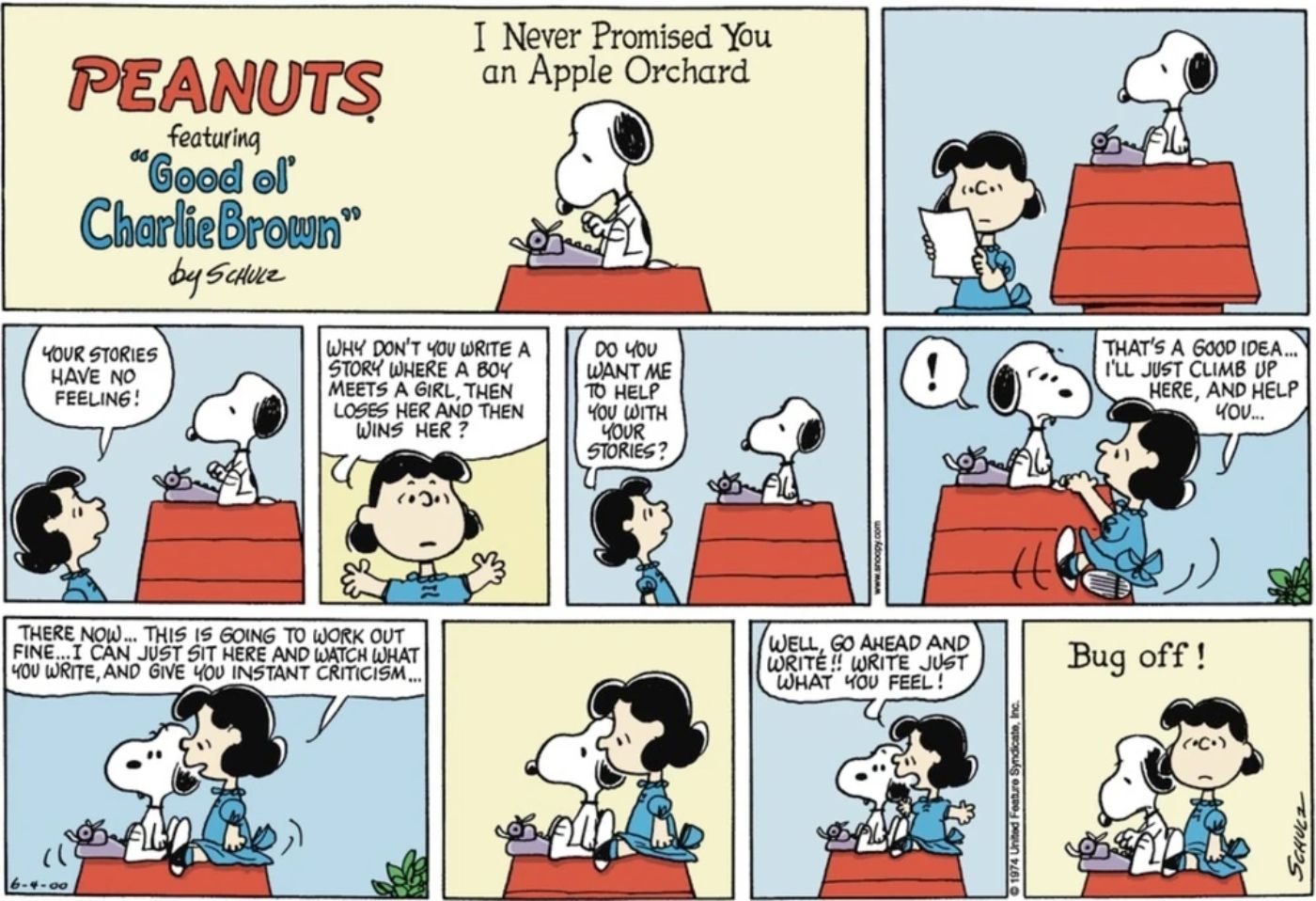One of the most memorable scenes in Leave the World Behind involves a massive tanker running aground on the Long Island beach that the Sandfords are visiting, and while the crash is assumed to be related to controlling oil or resources, the true meaning of the ship is far deeper. The grounded ship is the first omen to appear; along with Leave the World Behind‘s creepy deer, high-speed Tesla pileup, mysterious screeching noise and flock of flamingos, each strange occurrence is a symptom of the larger attack on America. The true brilliance of the movie lies in the metaphorical nature of each occurrence, much of which is intentionally left unexplained.
The White Lion running aground helps set the stage for the rest of the movie, immediately creating a sense of mystery and pending doom. Once the characters become aware that there is some sort of wide-spread disaster going on, Ethan Hawke’s character Clay Sandford attempts to connect the grounding of an oil tanker with an attack America. Clay justifiably believes that whoever attacked the US in Leave the World Behind would want to interrupt the American oil supply. However, the ship’s name hints at a much deeper meaning.
The White Lion Is A Reference To The Ship Attributed To Beginning Slavery In America
The English ship brought the first African slaves to Virginia in 1619.

As the mystery unfolds and the strange occurrences add up, it becomes clear that the United States is under some kind of attack, which naturally opens up discussions about just how many enemies the United States has made, how rampant racism has always been, and the horrible things that human beings have done to each other throughout history. Leave the World Behind posits that its long, dark history of mistakes and creating enemies has left America, in its currently divided state, vulnerable. Therefore, it seems to be no coincidence that the first major sign that something is wrong is the crashing of a ship named the White Lion.
Per History.com, the White Lion was the English ship that was first responsible for bringing enslaved Africans to the Virginia Colony in 1619. That ship’s journey is widely credited as the start of slavery in America, which is perhaps the greatest crime that America has ever committed. Making the first omen of an attack on America a reminder of America’s past wrongdoing is a clever way to secretly establish the motive behind the attack that dominates the action of Leave the World Behind.
The White Lion In Leave The World Behind Connects To The Movie’s Theme Of Omens
Symbols, signs and omens are brought up many times in the movie.
At many times throughout Leave the World Behind, characters make direct mention of omens, signs and symbolism, to the point where it’s a legitimate theme for the movie. Clay calls out the deer as being good omens in Mesoamerican culture, Rose tells a story about a flood and God sending signs, and Ruth specifically calls out the animals as a warning of something coming. Likewise, the ship’s name is derived from an omen, as white lions are considered powerful symbols of strength, courage, and knowledge in dreams, which adds another layer of meaning to its historical significance.
The ending of Leave the World Behind lends the ultimate legitimacy to each of the omens that are prevalent in the movie’s action. The attack on America that resulted in the grounding of the White Lion leads to the bombing of New York City, and theoretically, other parts of the country suffer a similar fate. The historical significance of that ship fits in with the movie’s theme of omens to send a powerful message: America needs to heed the omens before it becomes too late.
Leave the World Behind
- Release Date:
- 2023-12-08
- Director:
- Array
- Cast:
- Array
- Runtime:
- 141 Minutes





